
Reverend Rhonda Akanke McLean-Nur kicks off this second poetry jam entitled She Speaks, He Speaks, Generations Speak, Black Words Matter. She notes this is a year containing COVID, more murdering of black people, incompetent leadership and the 100th anniversary of the 19th Amendment. She praised the recently deceased John Lewis and Ruth Bader Ginsburg who “lived their lives to empower ours.” The Reverend’s brief introduction was attention grabbing.
“In this consequential year, we pause to celebrate and reflect,” she concluded. This is also the 50th season of the New Federal Theatre. The one hour event began with an exciting outdoor tap dance called “Love, Power, Grace” by Cartier Williams. With a title like the one for this poetry jam, you know serious is right around the corner. And it is, powerfully so.
Margaret Walker wrote For My People in 1942. This work won a Yale writing award making her the first black woman to receive a national writing prize. A dozen readers shared sections of this great piece. Lots of different voices underscored the universality of the message. All of the work done by her people “never gaining, never reaping, never knowing and never understanding.”
Haki Madhubuti’s gorgeous Art shares his philosophy that art is “food for a people’s soul.” He shared how art saved him with a personal reflection about his mother dying at the age of 34. His message is hopeful and exquisitely written. “Children of all cultures inherit their creative capacity to originate from the bone of their imagination the closest manifestation of purity, perfection and beauty.”
Jessica Care Moore followed with her Vertical Woman for Sonia Sanchez as a powerful homage to her 80th birthday. Excitingly, Ms. Sanchez followed with a reading of her own Morning Song and Evening Walk For Martin Luther King, Jr. Plainly and clearly she stated, “we have to hold up our freedom banners / we have to hold them up until we die.”
Rewarding words and storytelling followed about black fathers, their daughters, Malcolm X and other observations. Yusef Komunyakaa concluded his Blue Dementia with this line: “I know something about the toiling of ghosts.” Reflecting the events of today, Mahogany L. Browne read Ain’t Got Much Place for Wallowing. Her viewpoint has no time for “bipartisan cupcake promises” from a “government that pretends America is heaven.”
For me, the emotional core of this presentation was Shadenia Sivad’s rendering of Coffee. This story was about the father of her children dating outside his race and his “obsession with competing with Master.” Her delivery was intense and emotional on many levels. “Only you and I know the effects of abandonment” as we “grew from the same damn tree.”
There were many ideas to ponder, injustices to consider and life-affirming glimpses to the future. Reverend Rhonda summed it up by concluding that we need to be “using our own words wisely, creatively and constructively.” This poetry jam succeeded in that mission. Were that we could be a nation capable of listening with empathy, these words are an easy bridge to understanding the darkness lurking within.
Getting an “A” in history class growing up meant you could memorize dates and names of things. We don’t teach children reality. We cut funding for arts. How can we keep moving forward? How can we get more listeners? I am hopeful when I watch the generation coming up expressing their discontent.
This one hour production, nicely directed by Petronia Paley, was a heady combination of depressing, joyful, angry and thought provoking. I just watched the abominable Presidential debate this week. I have to sum up that experience by quoting lyrics from Genovis Abright’s performance of his song “Mississippi Goddam.” Watching the television, you have to agree that “this whole country is full of lies.”
The New Federal Theatre has a series of play readings in October as part of their NFT: Retrospective Reading Series.


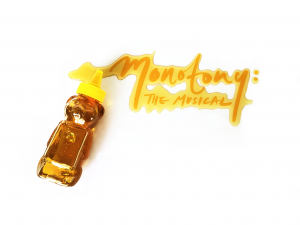
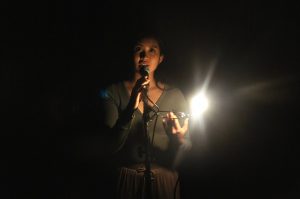
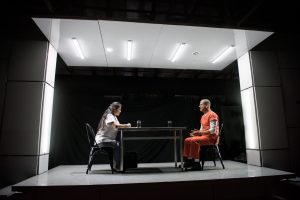
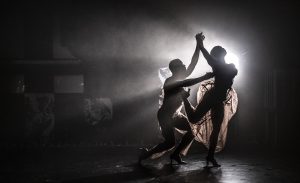

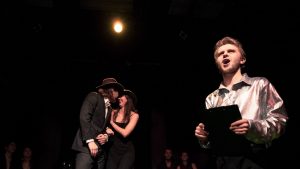
You must be logged in to post a comment.